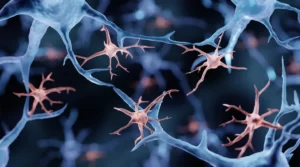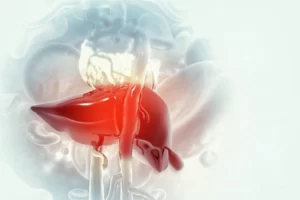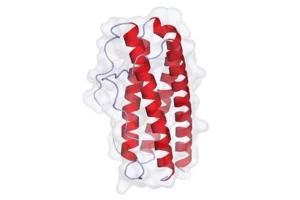Tumor Dissociation of Highly Viable Cell Suspensions in Breast Cancer Research
Overview – Incidence of Breast Cancer
National Breast Cancer Awareness Month started October 1st. This annual spotlight serves as a reminder that breast cancer is the second leading cause of cancer death in women. Only lung cancer kills more women each year. The chance that a woman will die from breast cancer is about 1 in 39 (about 2.6%). According to American Cancer Society estimates (U.S. only) in 2021 about 282,000 new cases of invasive breast cancer will be diagnosed in women and about 44,000 women will die from breast cancer. The tremendous human cost of this disease drives a multi-billion dollar annual research effort for cures, including basic R&D and lab breakthroughs such as the just published single cell protocol that is highlighted below.
Optimizing Single-cell Multiomic Workflows for Breast Cancer Research
Writing in STAR Protocols, an open access journal from Cell Press, Laura Rodriguez de la Fuente, Andrew M.K. Law, David Gallego-Ortega, and Fatima Valdes-Mora disclose a new protocol that yields cell suspensions with 90% viability of live cells from mouse mammary tumors. Cell preparation with a high rate of viable cells is required to obtain reliable single-cell transcriptomic and epigenomic data. This protocol describes a technique for digestion and single-cell isolation from mouse mammary tumors to achieve 90% of viable cells, which can be subsequently processed in a diverse array of high-throughput single-cell ‘‘omic platforms,’’ both in an unbiased manner or after selection of a specific cell population.
Broadly, the first step in the protocol involves tumor harvesting and enzymatic digestion, where tumor samples are collected and dissociated in single-cell suspension; the second step involves quality control and sample selection of the tumor areas with high-cellular content to represent heterogeneity as much as possible; the third step can either involve unbiased enrichment of all viable cells from tumors or antibody-based selection of specific cell subpopulations, including rare cells. The fourth step consists of the evaluation of cell viability and preparation of cells for single-cell capture for downstream sequencing and analysis.
The researchers have tested the new protocol in primary tumors of several mammary mouse models, including transgenic models such as MMTV-PyMT (see Valdes-Mora et al., 2021) and syngeneic models of orthotopically injected cancer cell lines, such as the 4T1.2 and 67NR cell lines. This method has been also used in tumor metastasis from lungs, and in normal mouse lungs, liver and intestines.
See further: STAR Protocols 2, 100841, December 17, 2021 (Tumor dissociation of highly viable cell suspensions for single-cell omic analyses in mouse models of breast cancer).







